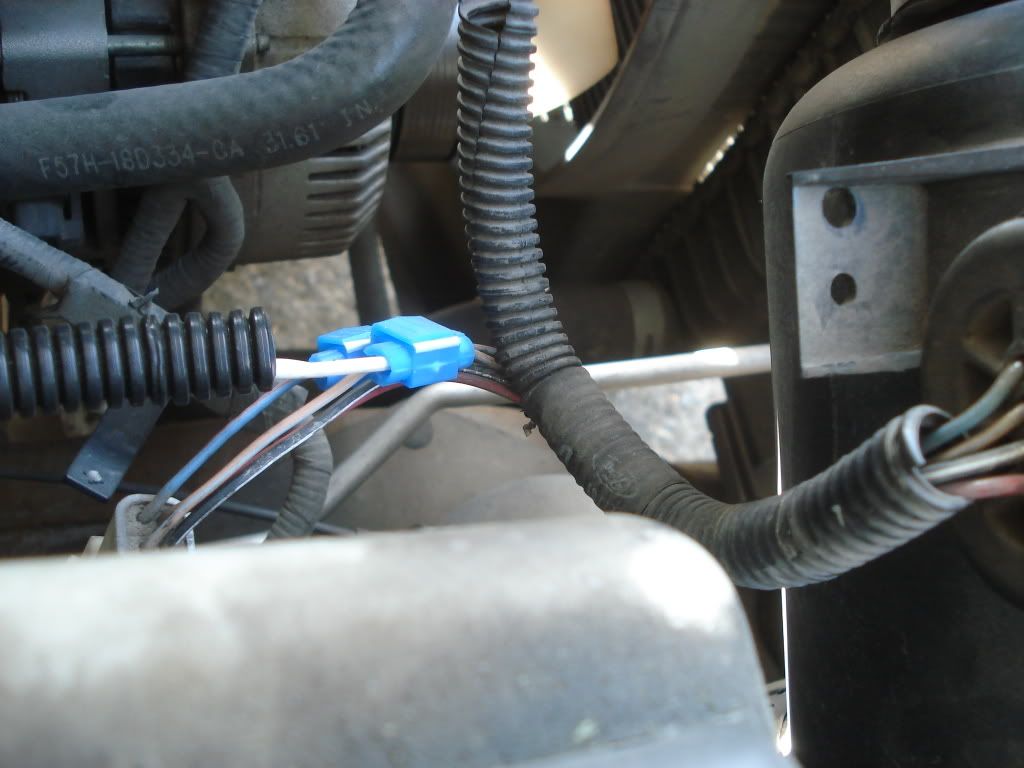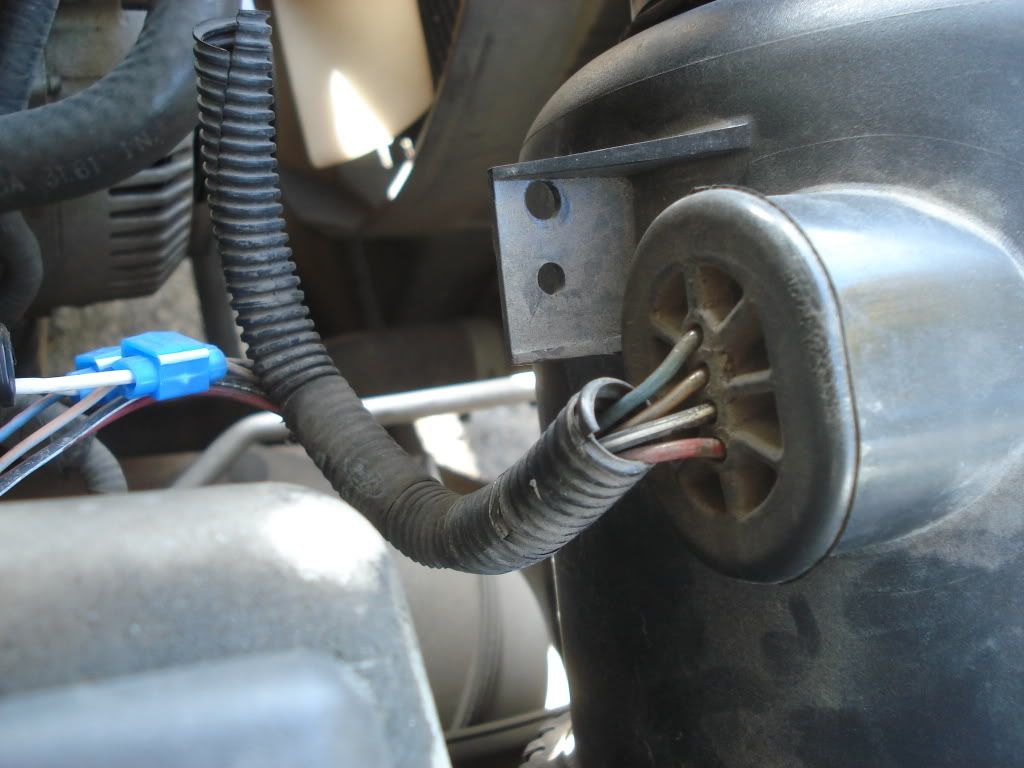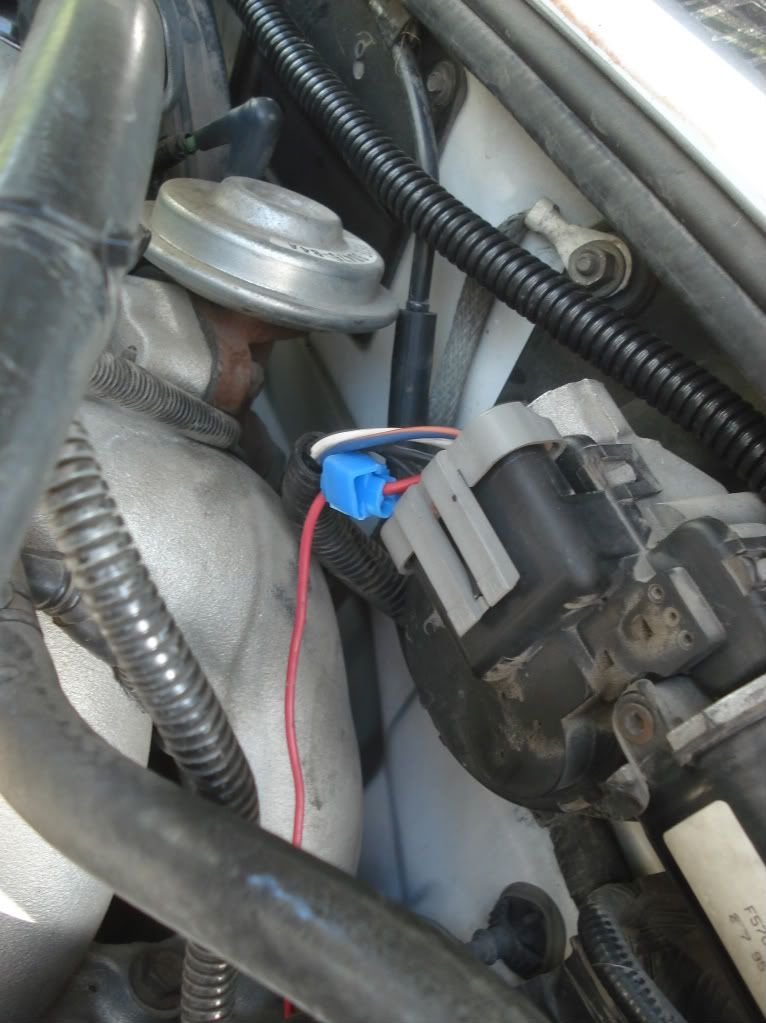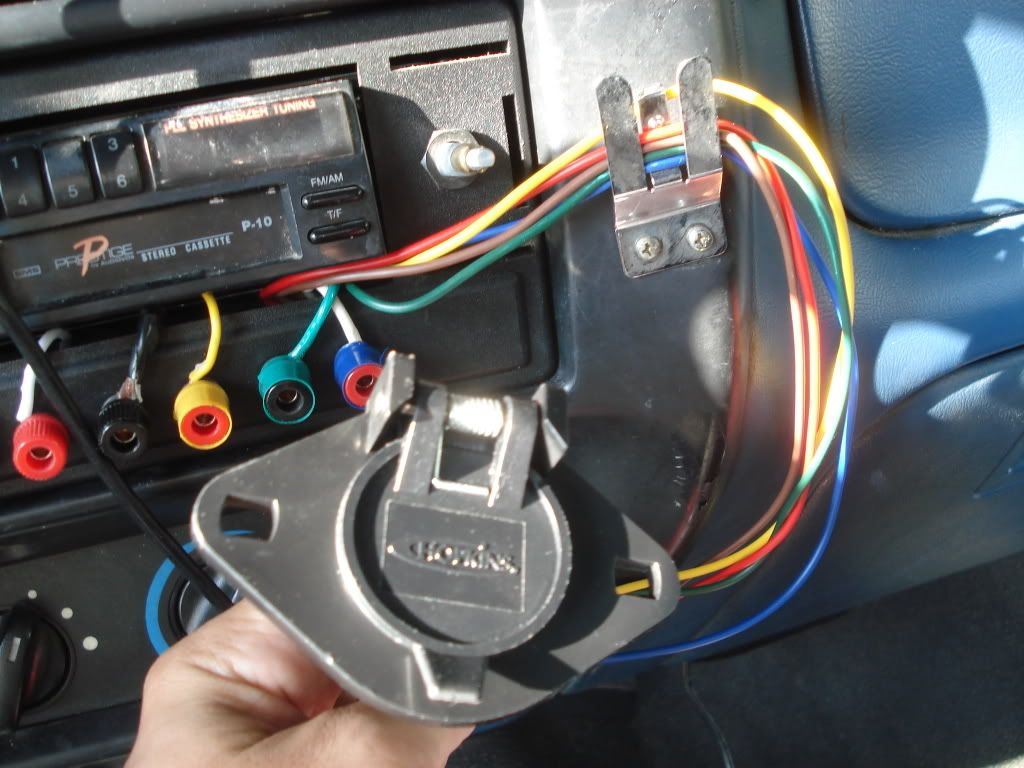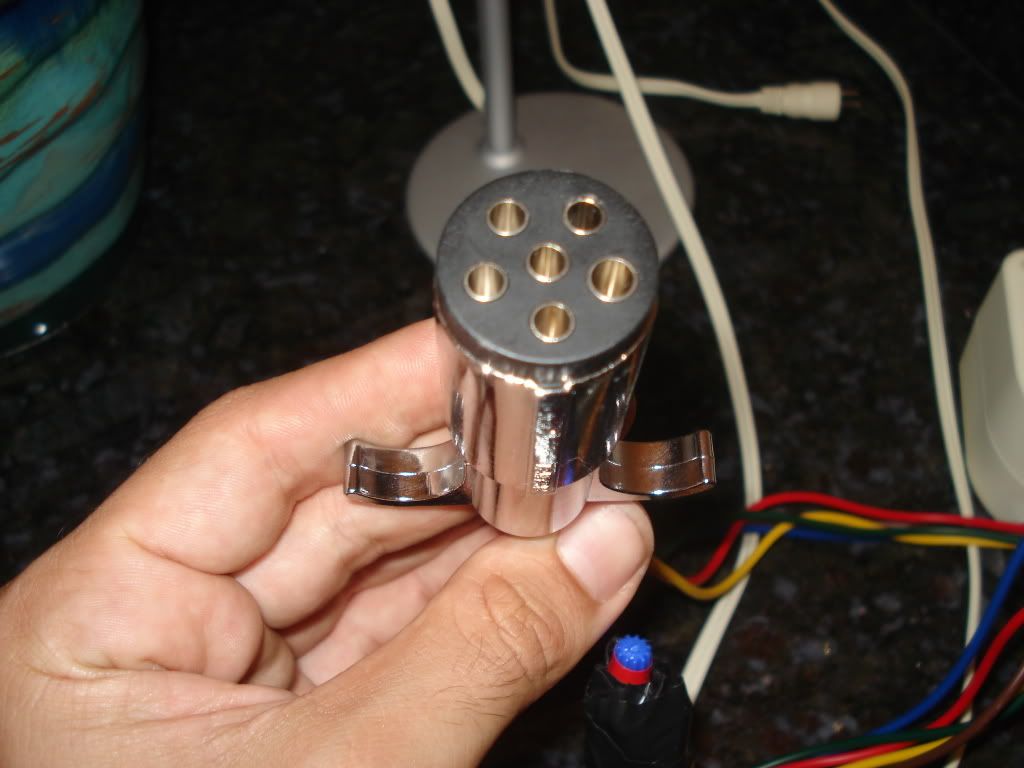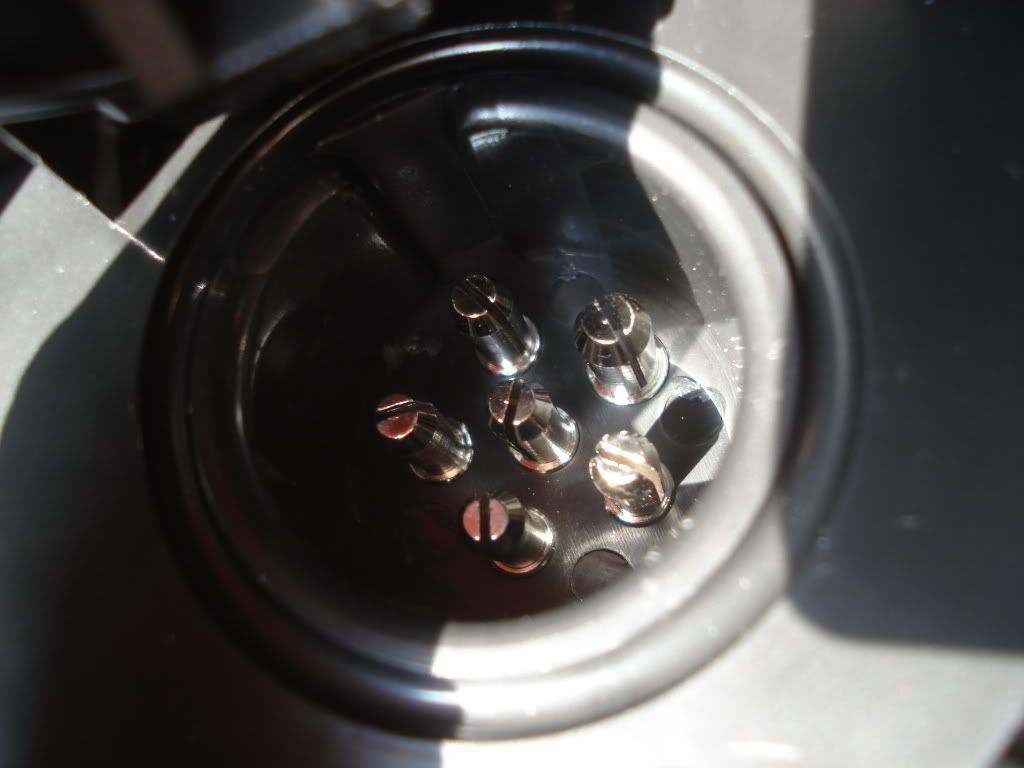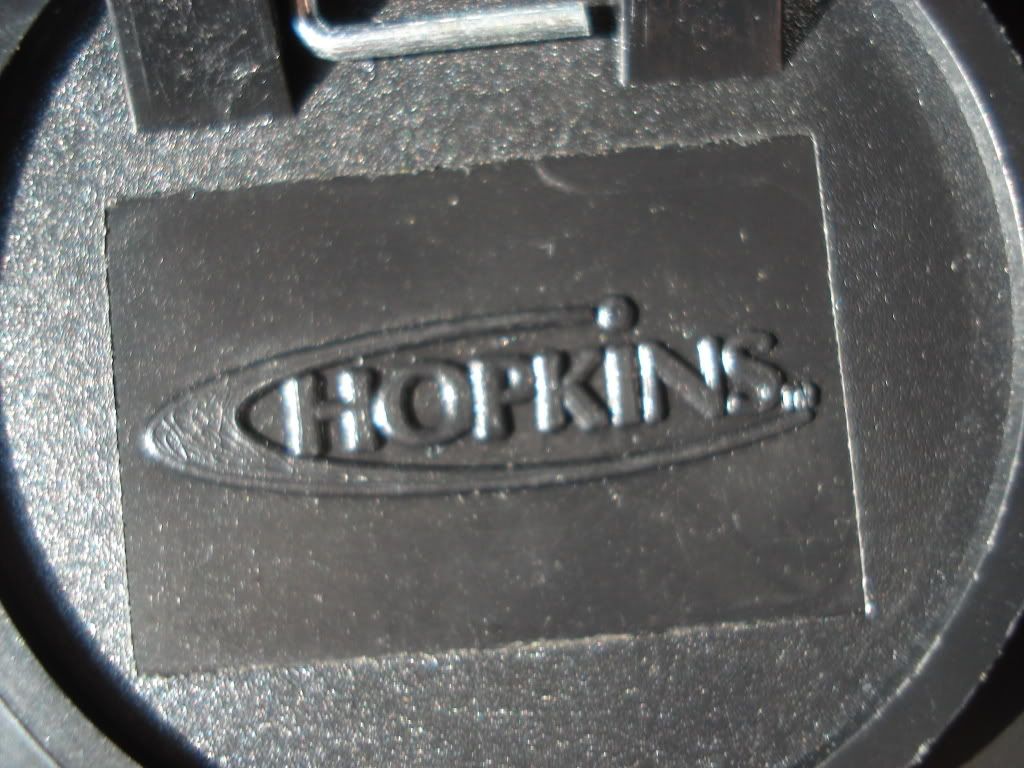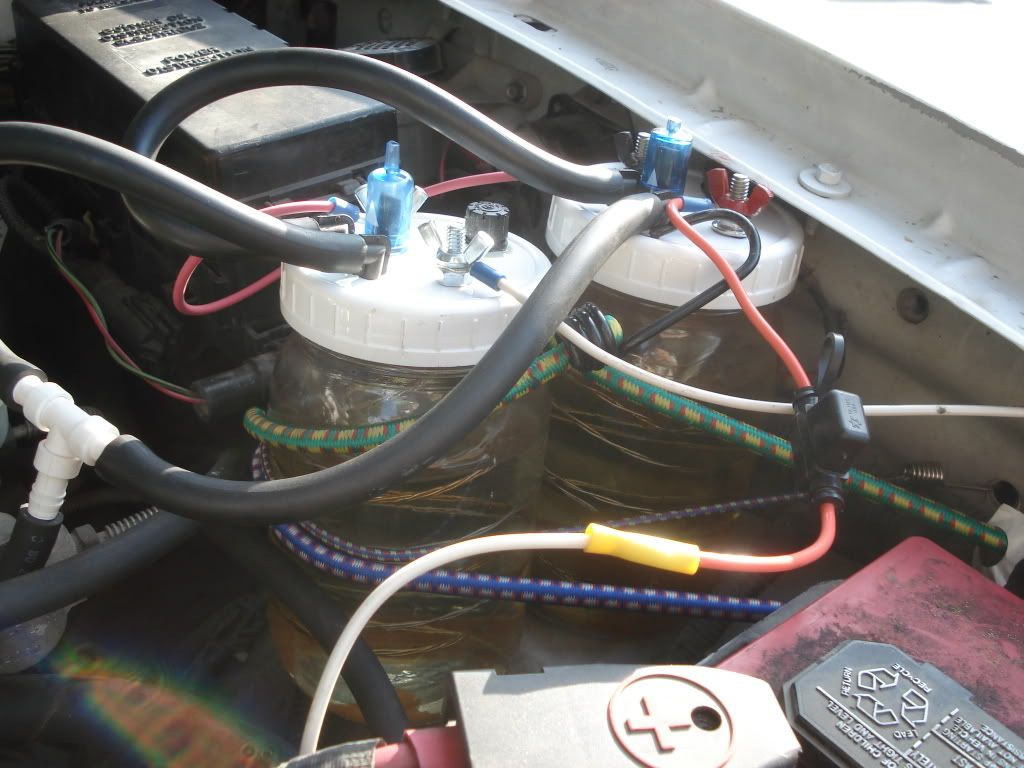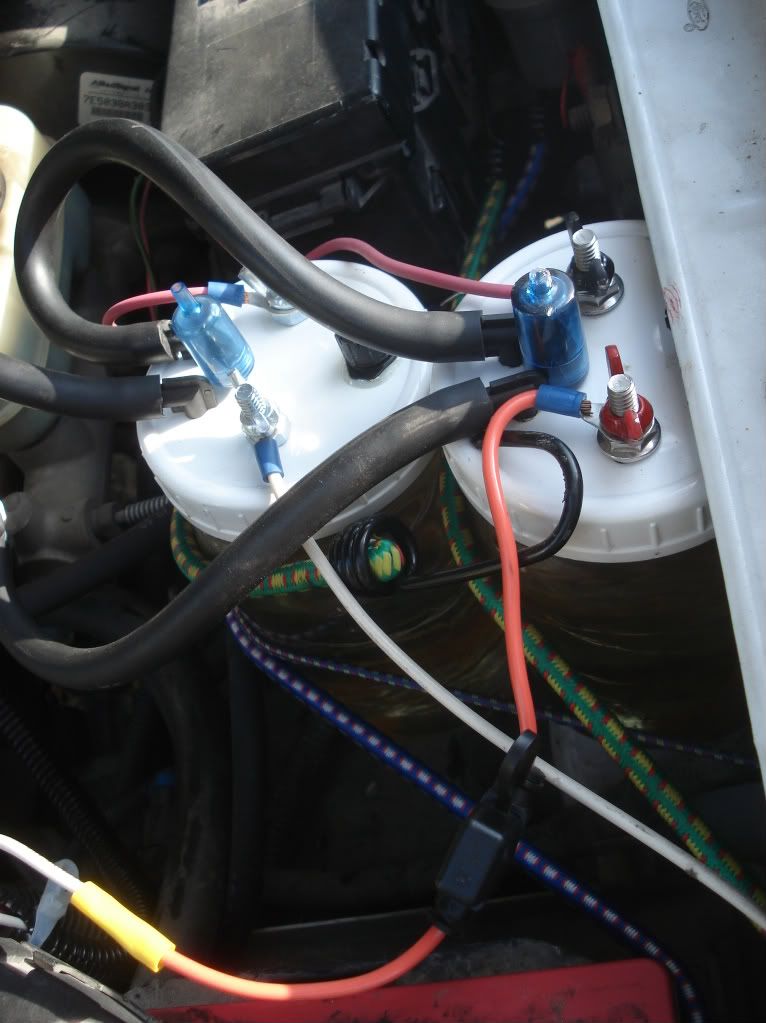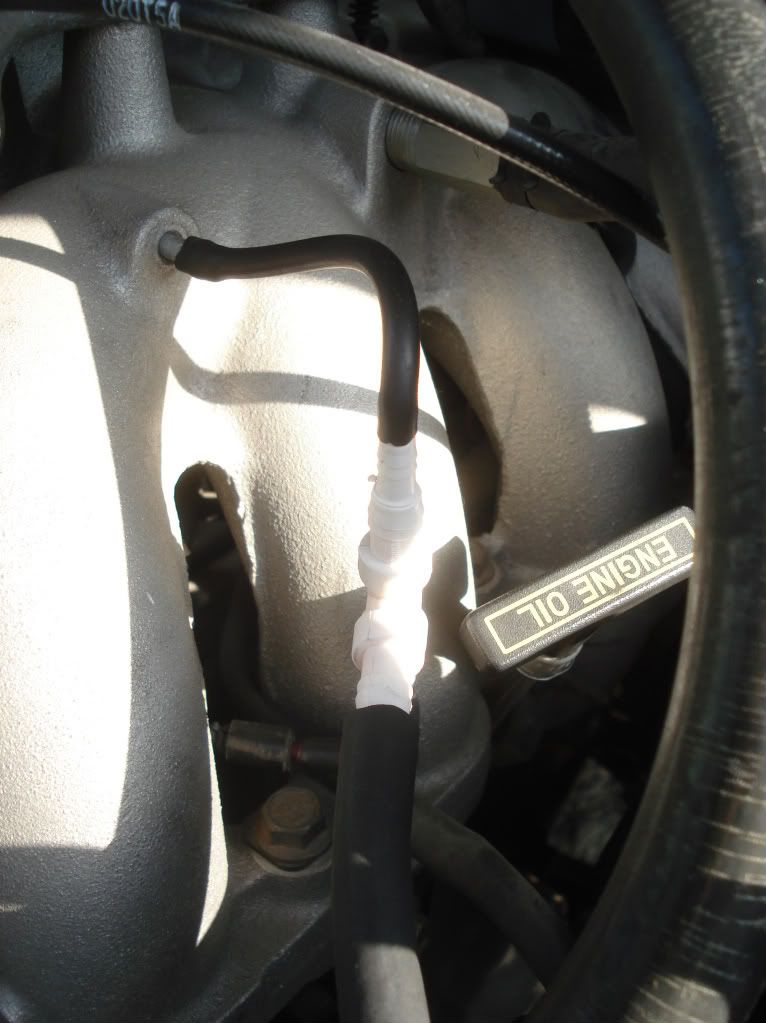I've got what you're looking for...
Just like the post states, curious to see how you did it. I just puchased the kit to do mine from Hydrogenfrog.com I wanted to get some pointers from you others who have done.
I just finished outfitting my 1996 ranger (2.3L) with a 2 cell HHO Water4Gas units. I've learned to ignore the people that say that it doesn't work, especially when they have no direct hands-on experience with technology. If it doesn't work then don't do it, that's my motto. Everyone's entitled to their own opinion. I've been working in PV for 3 years, and people used to say the same thing about solar power & geothermal...
I started with one cell, a jerry-rigged control module (wires everywhere, nothing permanent) and noticed a 1-2 mpg increase. I know I was tuning it incorrectly and went back and re-read the manual. One cell ran 12V about 1-3A, depending on how much baking soda used. All this information is in the Water4Gas manual, the same system that the police station was using. I never got a chance to re-measure my MPG before putting in a second one...
MAS connection
Connection to the windshield wiper
Not show is the connection to the O2 sensor before the catalytic converter...
I bought the Ford electrical and vacuum service manual from eBay and that helped me locate the correct wires once I figured out how to use it. I had a lot of trial and error with the electrical installation, blown fuses from not properly protecting circuits from grounding (ie. see the photos, the green switch is to turn the cells on, which at one point grounded to the stereo upon removal). I originally used a metal switch from autozone which flaked out after about 20 uses.
I've haven't fully tuned my system yet but you will need a MAS and 02 voltage adjuster. They can be found under the 'water 4 gas' name in eBay for about $30. The MAS knob will adjust the Air/Fuel ratio while the O2 voltage knob will allow you to trick the engine to think that the same amount of fuel is going in (i.e. not allow the truck to richen the mixture, thus negating gas savings). I can tell you that I blew the O2 side of the first unit, by not fusing the control box properly and drove about 250 miles without it. My truck for about a gas tank and a half got worse gas mileage ~ 4-6MPG.
See photos above for my version. If I were to do it again I would probably go with the one that allows you to switch from freeway to city, otherwise you're stuck adjusting at least one knob every time you get in. My version came with 'test ports' to test the O2 voltage. The manufacturer recommended trying to stabilize the Voltage at 450mA (but to not even turn it on once the car has been warmed up for a couple of minutes). It also said that once you figure it out, you shouldn't have to adjust it all the time, and just adjust the MAS knob. I noticed the voltage varied depending on how hard I pressed (or didn't) on the gas pedal.
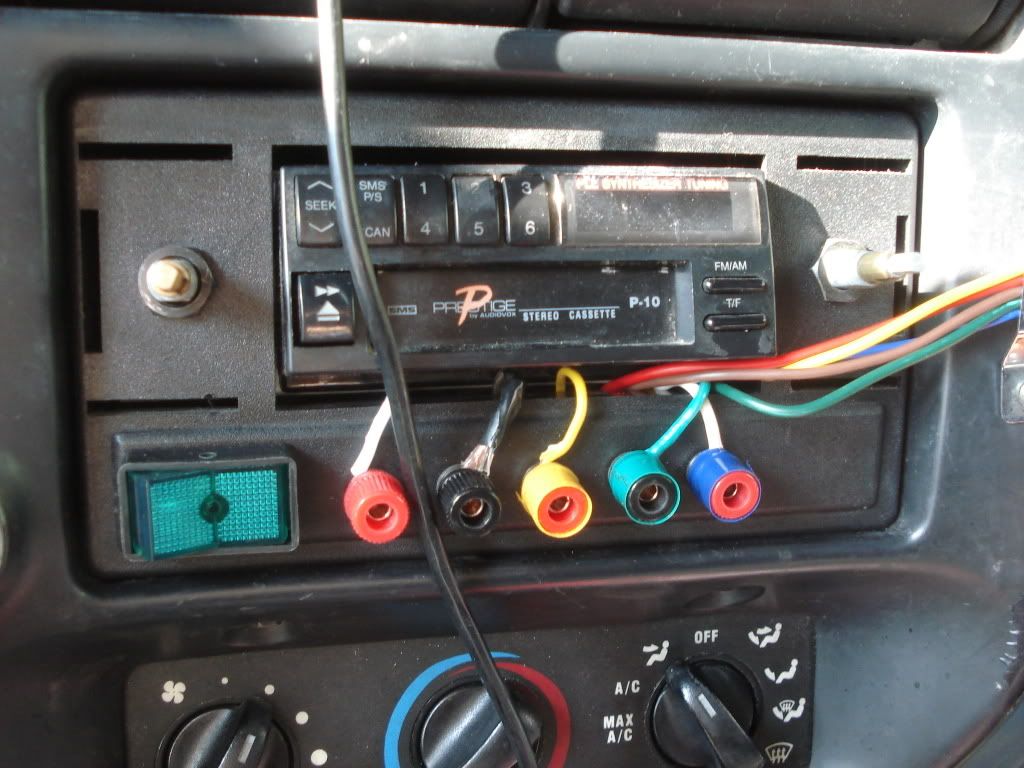
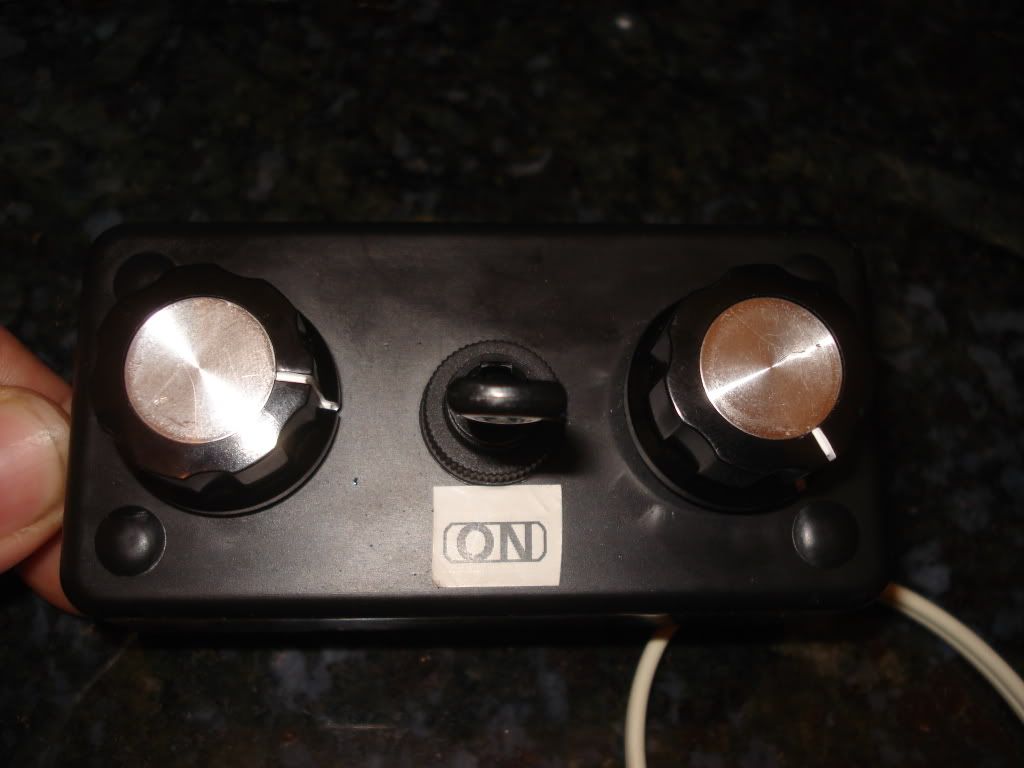
For the control module, I installed banana plug jacks under the stereo (from radio shack), were wired from left to right: Ground, 12V Power from windshield wiper splice, MAS voltage detector, MAS voltage adjustor, O2 voltage adder. The green switch is to turn the cell on and off. See above. Ignore the black one going across the screen, that's plugged into my 12V solar module on the dash...

This was my first trial, and I discovered a few things:
-the standard banana plug connectors worked OK, but my wires weren't long enough, thus the plugs (not shown) kept pulling out of the jacks
-If I had bought the more expensive 'flexi-connectors' instead of the ones which you can stick a screwdriver in to expand, it might have stayed in better. I used the solderless version.
-I decided that I didn't want to plug in 5 separate wires every time i wanted to use the module, but didn't want it permanently connected to my vehicle so...
I left the existing connectors, and spliced in a trailer hitch female connector. I now have the control box attached to the male end. I only needed 5 out of the 6 connectors, so one is blank. It cost me about $30 at Pepboys. I haven't permanently connected the female end because the connector is a bit snug and I'm afraid that it'd might pull or crack the panel that I would want to connect it to. I just have it hanging for now.
I left the original banana jacks and wired multimeter testing wires with banana plugs so I could monitor the O2 voltage sensor, and the battery Voltage that way. I've priced small LCD voltage displays on Ebay for about $18. Eventually I'll put a couple in somewhere permanently. I'll probably eventually remove my stereo alltogether, and just get an amp with a single wire for my ipod anyways. This way I can board out that part of the bezel and put my displays and knobs there.
Notice I knocked the bungee cord loose when I was readjusting the cells and taking the photo... I would recommend fastening it securely to the engine bay. Also I have to insulate the cell next to the engine bay to prevent a short on the positive side. I know -- it's not the cleanest install, but I'm learning as I go along.
From the cell outlets, i vacuum tee'd to an intake port on my manifold. I need to run a hose or two to the air intake to get better suction, and probably better gas mileage. I haven't gotten around to that yet...
See here for more images:
http://picasaweb.google.com/outomyelement/Hydrogen?authkey=lnlfd4gmgYU#
In general, I haven't tested my MPG on the 2 cell unit because i've got to re-wire my control box for the MAS and O2 sensor. Luckily I bought 2, but paid way too much for them. Find a cheap one on eBay. Watch your grounds and electrical shorts. Put in-line fuse protection and safety switches. I'll let you know how things go once i'm done!
Happy HHO'ing!
Kevin


